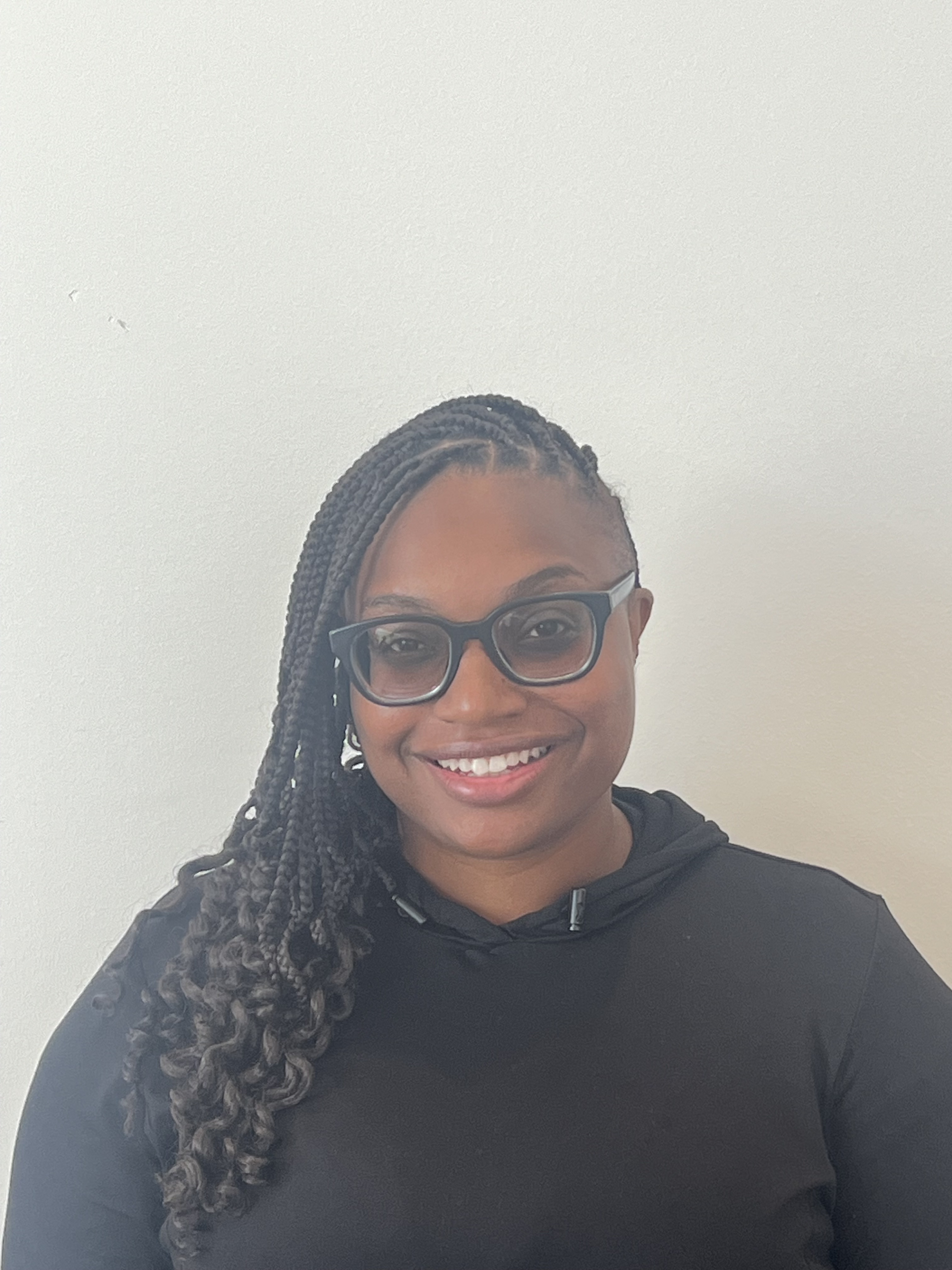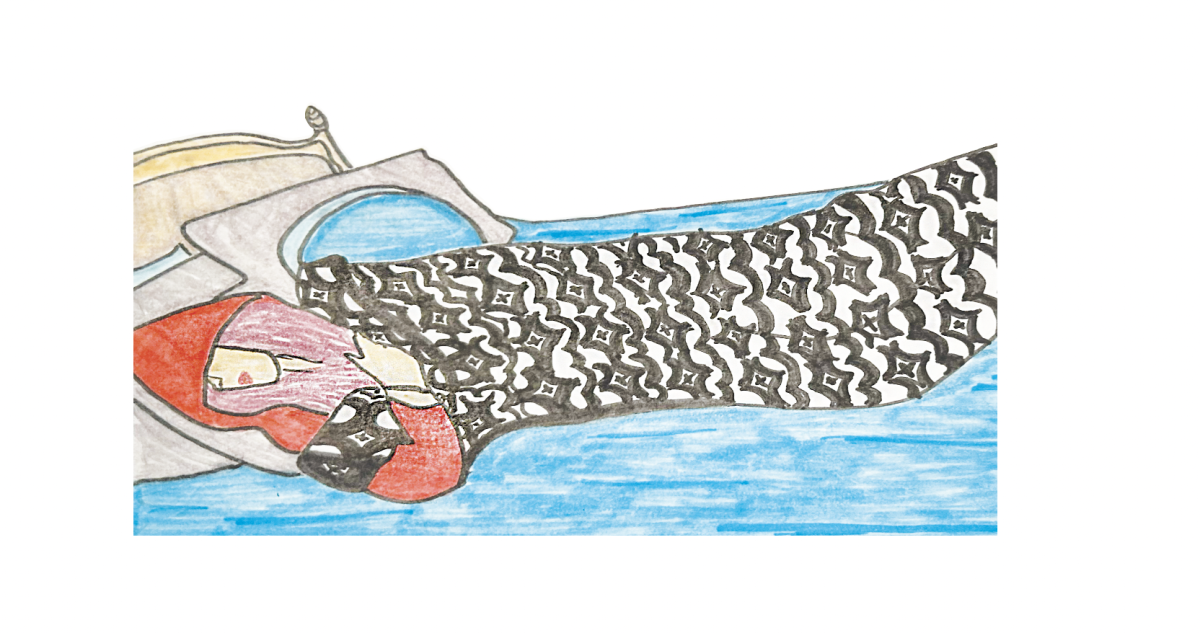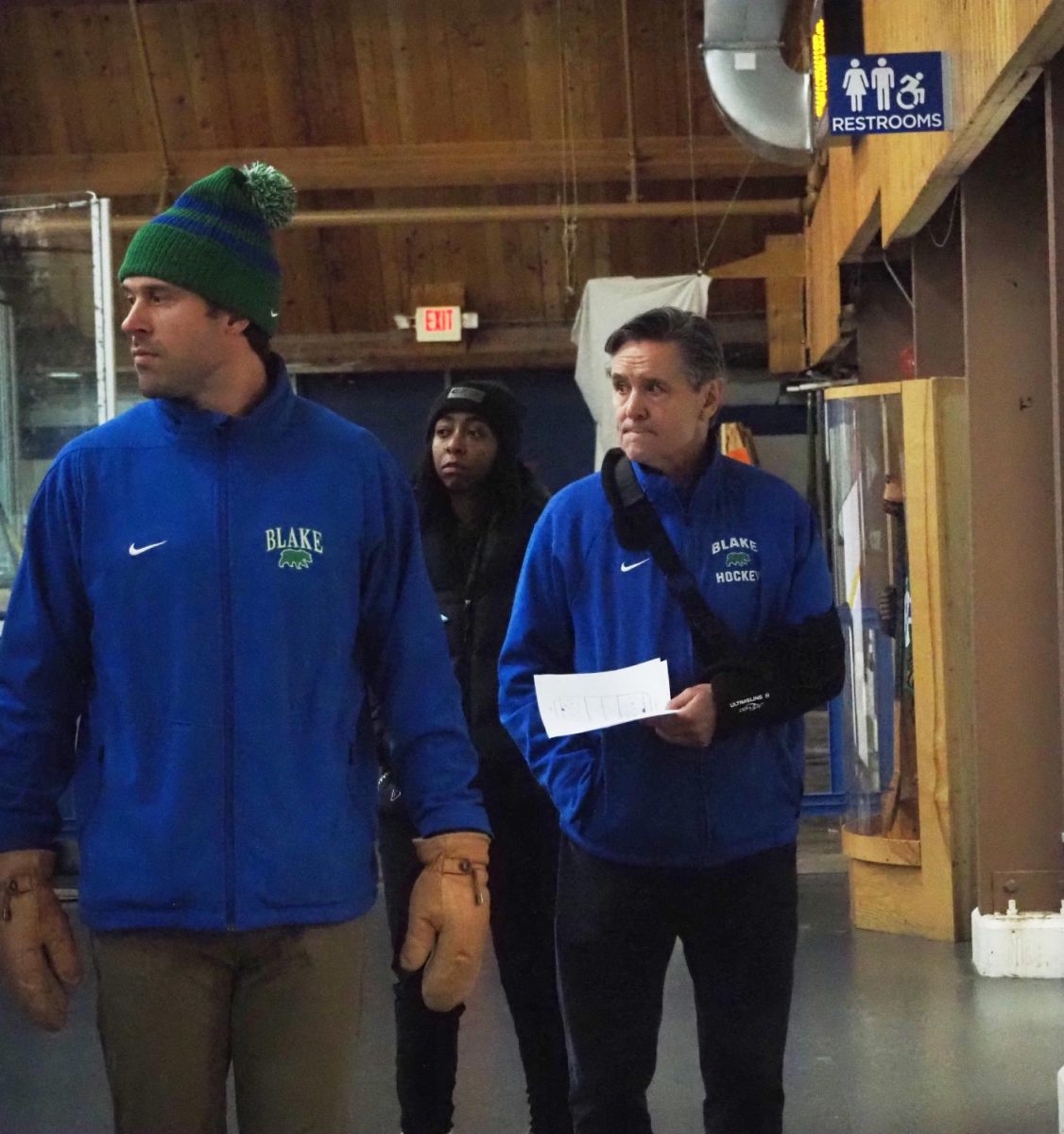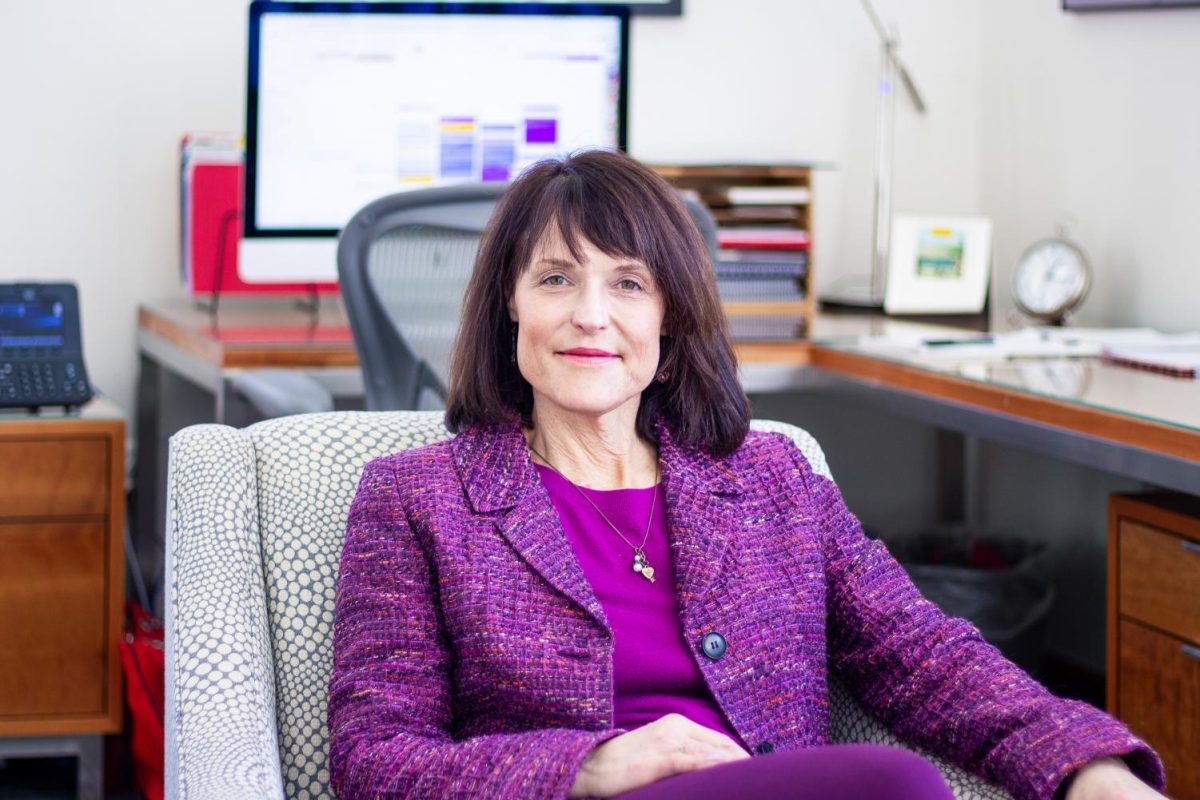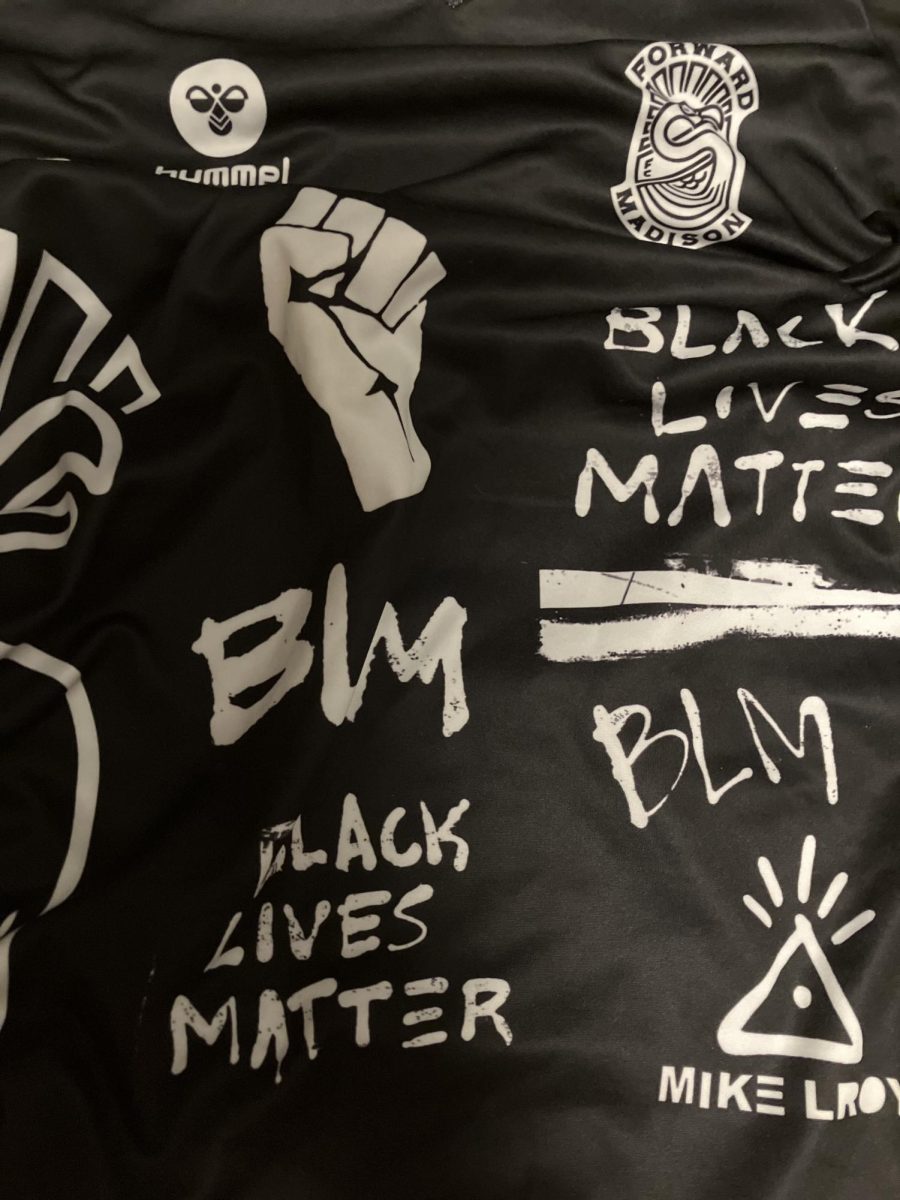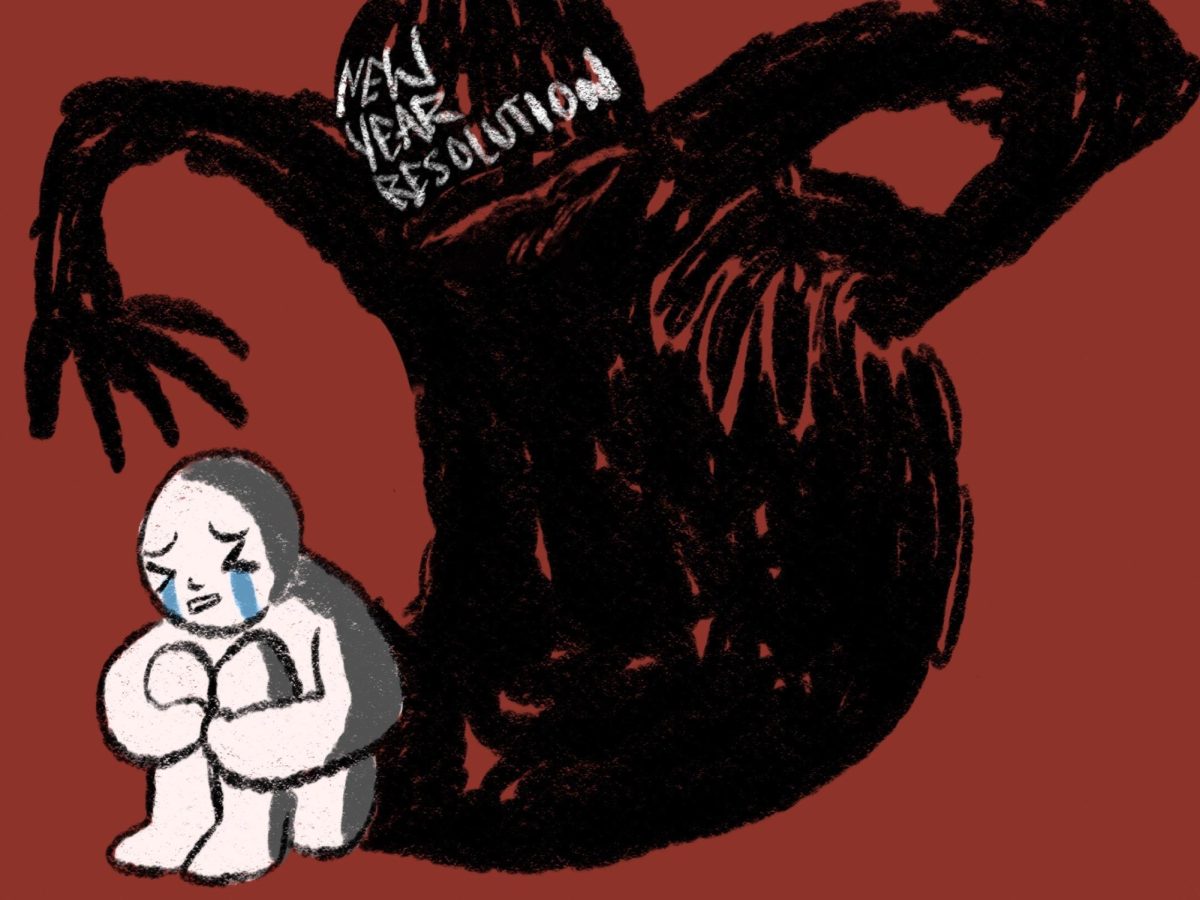CODE-SWITCHING
STUNTS AUTHENTICITY


This is Buck’s first year working as the Director of the Office of Equity & Community Engagement.
This is Buck’s first year working as the Director of the Office of Equity & Community Engagement.
Words from the Expert
Yoni Zacks
What really is code-switching? According to Director of the Office of Equity and Community Engagement Amber Buck, code-switching is “I would define code-switching as the ways in which people change their speech, appearance, mannerisms, and in some cases, their behavior to fit in or to minimize risks or to maximize rewards in any specific environment.”
The rewards usually come from conformity. “We have these ideas around what's comfortable and what's not, and we usually look around at what everyone else is wearing and try to fit into what that looks like. So you're minimizing the risk of possible negative judgment of parents, of students, of staff not taking you seriously to do your job because they're judging you based on what you're wearing,” Buck furthered.
To combat this discomfort, Buck gives several recommendations. The first is to find a space where you can be your authentic self. “Sometimes it's not a physical place, sometimes it's a person … feeling like you belong and feeling like you don't have to wear a mask, and feeling like you can be completely yourself, is something that I aspire for all students to have. It's hard to get sometimes. It's hard to sustain sometimes, but having a place in this building or with a certain person that you feel like you can truly be yourself is of utmost importance,” she said. “It requires talking to people that maybe you wouldn't talk to, going into places that maybe you wouldn't be your first place to go, and exploring and getting outside your comfort zone and finding a new one,” she added
Buck understands that every person in the school community has a role to play in these spaces. “It's our jobs as the adults in the space to create a space that lends itself more to finding that or helping students develop the skills to find them through the various skills that they're learning in school … it's important [for students] to remember what it's like to not feel like you belong. And take steps to be a safe person for other students,” she said.
However, Buck doesn’t believe that code-switching is inherently negative. “I've heard people refer to code-switching as cultural competence, understanding what is needed for certain environments and not necessarily reducing your authenticity in those environments, but being able to adapt to something that's different than what you're used to. And so I don't think code-switching in itself is negative, though it can have negative implications on your mental health, on your authenticity at work, and what that feels like. There are various versions of ourselves that come out with our parents, that don't come out with our teachers, that don't come out with our friends, and I don't necessarily think that's inherently good or bad.”
Within OUR Walls
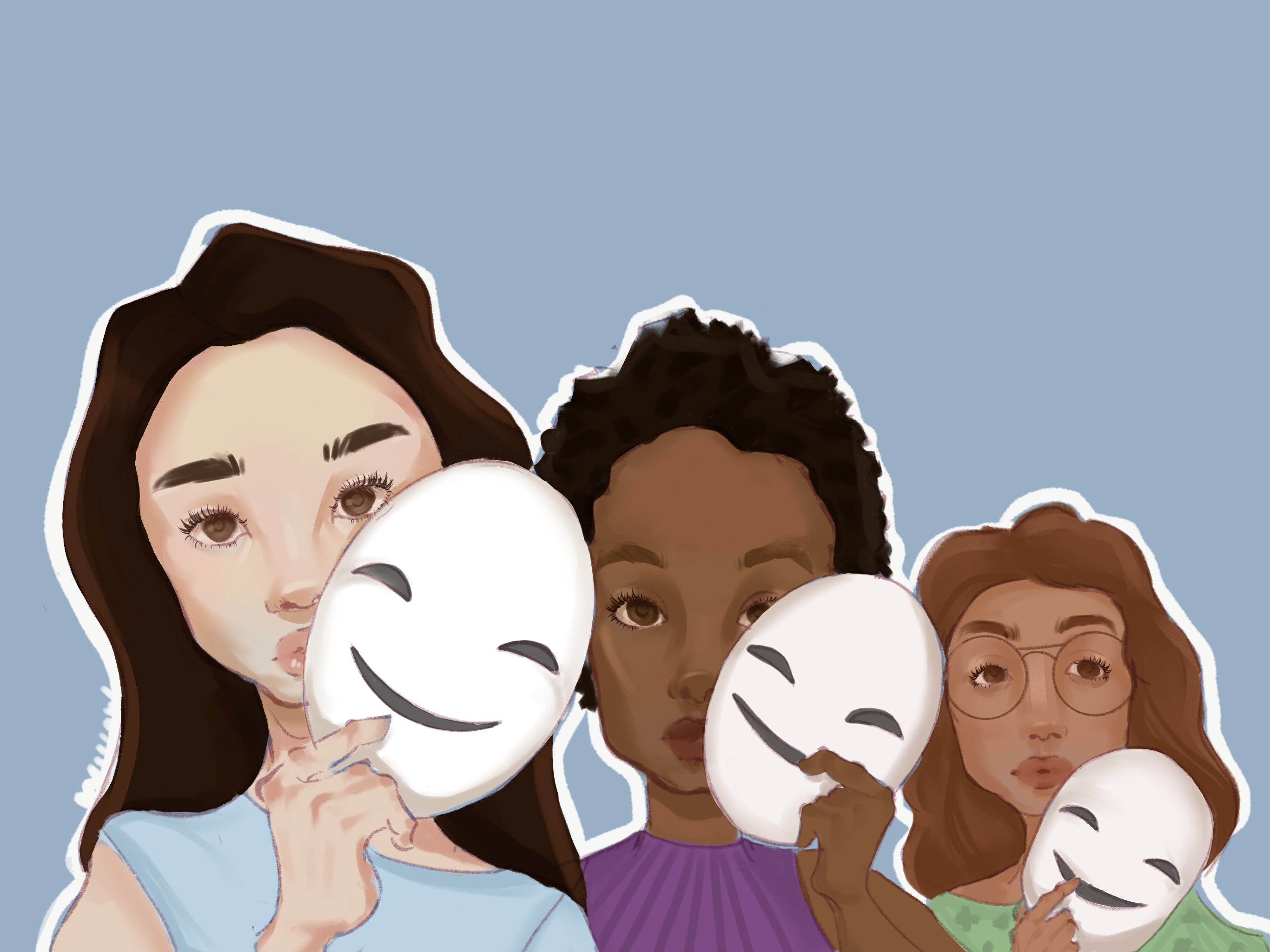

Yoni Zacks
“It’s a double-edged sword,” Saléya Scott ‘25 said. Scott sees code-switching all the time in the Upper School, and used to be a strong code-switcher herself. “Freshman year I presented myself way more open and I always had a smile on my face because people would come up to me and say ‘Ohoh I thought you’re mean’ … I know people assume things because I’m black. I talk differently with my parents, I use a lot more AAVE (African American Vernacular English)… at school, I used to use a lot more “proper” language … [but] I don’t code-switch as much anymore because I feel comfortable,” Scott added.
Joaquin Pliego ‘25, a Pre-K lifer, has experienced code-switching in a variety of ways during his time as a student. “I feel like Blake being a majority white establishment and community kind of forces some people of color within our community to assimilate into a box, into an ideal of what it means to go here … I've been here my entire life, and yet at the same time, I've also been finding my identity, my entire life as a mixed race Latino person in a predominantly white space … I've had to throughout the years find a balance of do I want to hide parts of my identity and be a different version of myself at school than I am at home and outside of school or do I kind of want to merge those two and become a more fluid person in my identity?” He recalled.
Pliego has also witnessed a different kind of code-switching. “I've been on financial aid my entire time at Blake, I'm a lower middle-class student and I've always sort of felt the need to code switch and act like my peers who are much wealthier than me and kind of acting in their mannerisms to put on a facade,” he said.
Having experienced code-switching, Scott sees both the benefits and the downsides of it. “I think it’s an okay thing. It’s a good thing to have it as a skill because you can talk to anyone…I know how to survive in different environments. It’s a bad thing because there’s a thing in the back of your head saying ‘You’re only doing this because people perceive you in a certain way’ … it’s a good life skill for everyone to have because I think you don’t want to talk to your friends the same way you talk to your boss,” she remarked.
Macaella Sikhoya ‘25 has also witnessed a lot of code-switching, which she believes is a negative thing. “I think as a community, we need to do a better job of accepting people as they are so that people don't feel like they have to change … I don’t think that anyone should change themselves in order to fit in,” she advised.
Pliego agrees. “How I've combated code-switching is honestly just by being vulnerable, by being my authentic self, and by finding like-minded people who are trying to make strides towards embracing diversity, equity, and inclusion. I think that [embracing our differences] is a really important part of our community because that's what makes us unique and a strong community,” he said.
Amber Buck defines code-switching is defined as “the ways in which people change their speech, appearance, mannerisms, and in some cases their behavior to fit in or to minimize risks or to maximize rewards in any specific environment.”
Amber Buck defines code-switching is defined as “the ways in which people change their speech, appearance, mannerisms, and in some cases their behavior to fit in or to minimize risks or to maximize rewards in any specific environment.”
Student Opinions
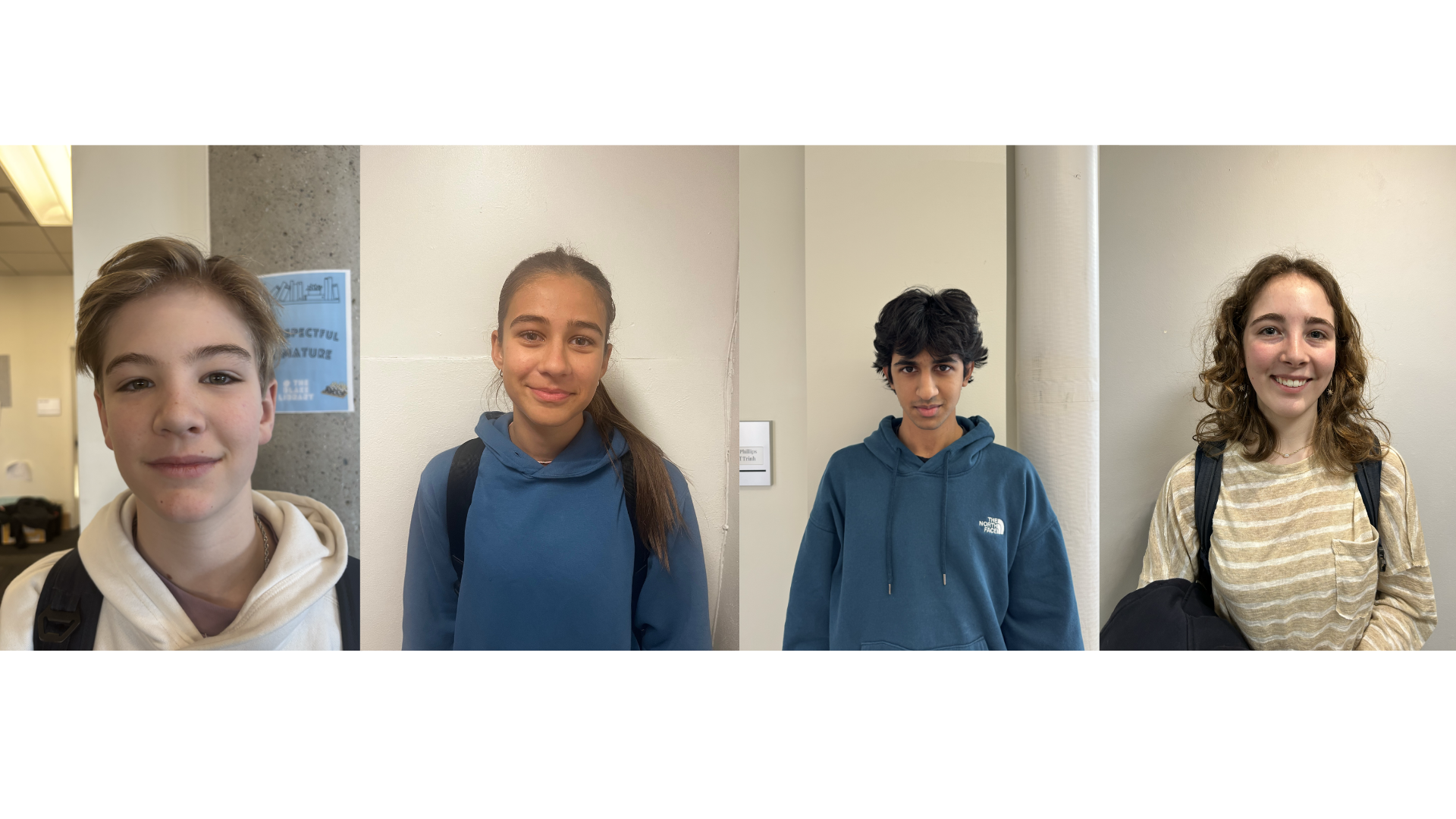

Venable
Venable
Prigge
Prigge
Syed
Syed
Harkins
Harkins
“Code-switching is a complicated topic because I feel like you can never tell what people are experiencing outside of Blake. In order to create a more inclusive environment I think it is important to understand that people act differently inside and outside of Blake. For me personally I am a very energetic person and I feel like the black community is very welcoming. I can connect this to the ideas that I learned in Ms. Buck's speech, specifically the ideas about privilege and how you never really understand what people are going through because I feel like being kind and caring will help people come out of their shells.” Will Venable '28
"I don't have to change my personality to fit in at Blake, while I don't feel like I notice many individuals changing the way that they interact with others, I do think that some is inevitable, sometimes it may be something as how they dress. I think that this fits perfectly with the ideas that Ms. Buck discussed, as sometimes it is hard to tell what people are going through and what issues or ideas challenge them outside of school. Some ways I think that Blake students could try to be more inclusive is by welcoming new ideas. For example, if a student wears something out of the ordinary, compliment it rather than putting people down." Raina Prigge '27
"I feel like code-switching is very common at Blake, especially to fit into the language that students use. For example, a student may use lots of curse words around their friends but not at home. One takeaway that I got from Amber Buck's speech is that a reason why harmful racist and ableist language is being used in order to fit in. Therefore, in order to stop this language we should create communities within our friend groups that support positive language rather than harmful language." Sulayman Syed '26
"Code-switching to me occurs when a student will change who they are at home vs at school to fit into a group of people. Sometimes this can be by changing outfits or by speaking differently than at home. I think that code-switching happens everywhere and although we can recognize it, it is unrealistic to expect to be able to mitigate it. One takeaway I had from Amber Buck's speech was the idea of shame, and how people handle it." Meri Harkins '25


